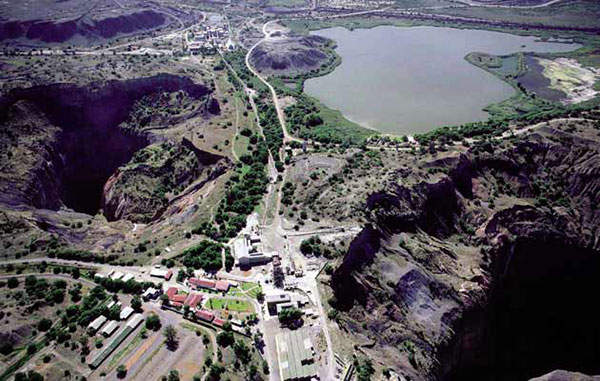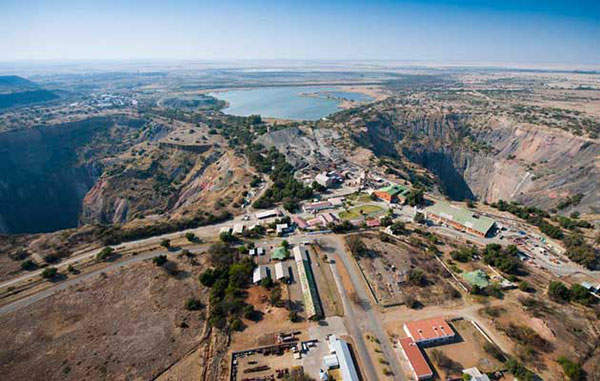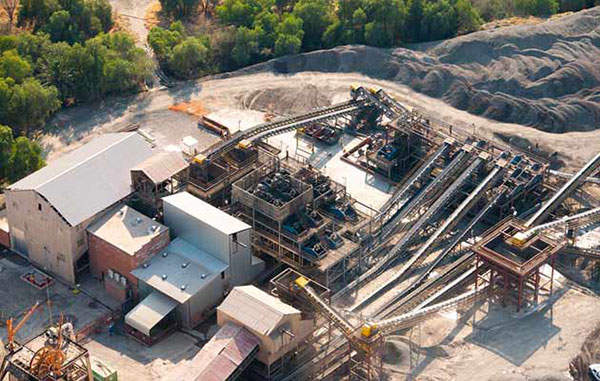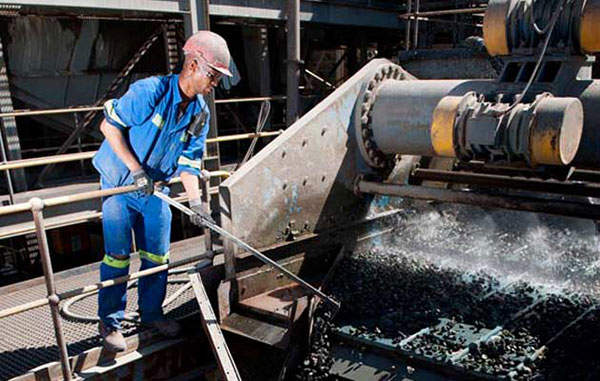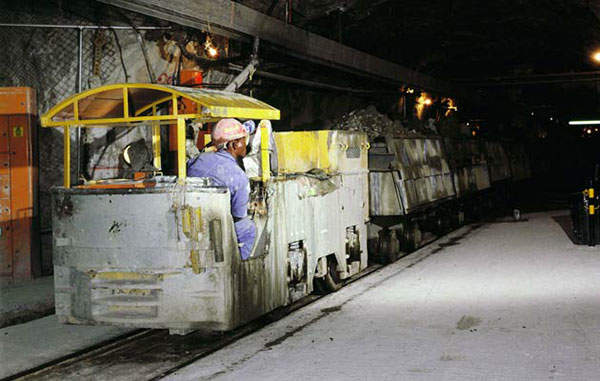Kimberley Underground consists of three historic diamond mines, namely Bultfontein, Dutoitspan and Wesselton, which are located near Northern Cape province of South Africa. The Kimberley Underground mines were in operation more than a century ago and have a history of producing large diamonds.
Kimberley Underground is currently 74% owned by its operator Petra Diamonds and 26% by Sedibeng Mining. The current mine plan for Kimberley Underground is for ten years. The potential life of the mine is more than 12 years.
Kimberley Underground mining history
Mining of the Bultfontein, Dutoitspan and Wesselton mines had started respectively in 1869, 1869 and 1892. The Kimberley mines were operated as open pit mines until they were amalgamated into De Beers in 1890. Dutoitspan was mined through the open pit method to a depth of 122m, whereas Bultfontein and Wesselton were mined through open pits to a depth of 76m.
The Kimberley mines were converted into underground mines by the 1950s. De Beers, however, closed these mines in August 2005. Petra put Kimberley Underground under care and maintenance in September 2007. It also received approval to operate the mines deeper underground under De Beers’ licence.
Finally in May 2010, Petra fully acquired the Kimberley Underground operations from De Beers. Under the care and maintenance period, Petra had built up ore stockpiles of around 500,000t which were estimated to contain 90,000 carats of diamond.
Diamond reserves, resources and geology
Estimated gross diamond reserves at Kimberley Underground were 407,000ct, as of July 2012. The net attributable diamond reserves were estimated to be 301,000cts. Kimberley Underground comprises of three typical kimberlite pipes: Bultfontein, Dutoitspand and Wesselton.
The kimberlite pipes, formed out of igneous volcanic activity, occur as carrot shaped vertical intrusion. The area of these volcanic necks decreases towards their lower portions. The average diameters of these three volcanic pipes range between 230m and 500m.
The respective surface size of Bultfontein, Dutoitspan and Wesselton kimberlite pipes are 10ha, 11ha and 9ha respectively. The current mining depth at these three pipes is 845m, 870m and 995m respectively.
The current depth of resource at Kimberly Underground is 1,060m.
Mining and processing at the South African project
Slusher drift block cave mining method is employed at the Kimberley Underground mines. The ore mined from Bultfontein and Dutoitspan pipes are processed in the Joint Shaft treatment plant, which has been newly constructed by Petra.
A scrubber has been introduced into the processing circuit of the plant recently to handle the fine materials present in higher percentages in Bultfontein and Dutoitspan Run of Mine (ROM) ore. An apron feeder was also about to be introduced, to deal with the high level of mud content.
The Wesselton ore will be processed at the new Wesselton treatment plant, which is currently in the commissioning phase. The ore processing at Wesselton will also involve a mobile pan plant.
The combined stockpile ore at the three mines before the construction of Joint shaft and Wesselton treatment plants are estimated to be 700,000t. It is scheduled to be treated along with mined ore during 2013-2015.
Kimberley Underground mine production
During financial year 2011 and 2012, only Run of Mine (ROM) ore from Kimberley Underground was treated. 587,065 tonnes of ore were treated in 2012, which is an increase of 32% from 2011.
During 2012, 68,422ct of diamonds was produced (at an average grade of 11.7ct per hundred tons) from the Kimberley Underground operation, which is a 19% increase over the 2011 production levels.
The on-mine cash cost per total tonne treated, however, increased by 54% due to the increase in cost base and lower tonnages. Unit costs are expected to decline in the near future, following the commissioning of Wesselton plant and the treatment of higher tonnage during 2013.
Petra’s expansion of the North Cape-based mine
The expansion plan at Kimberley Underground aims at rising production from 68,000ct per annum (ctpa) during 2012 to 135,000ctpa by 2016. The capital expenditure incurred for Kimberley Underground expansion during 2012 was $15m.
In November 2012, Petra also secured new debt facilities worth $244m to fund expansions of its Finsch, Cullinan, Koffiefontein and Kimberley Underground mines.
The Kimberley Underground expansion plan focuses on the new treatment facility at Wesselton, which is scheduled to start operation shortly. A development plan is also under implementation that will extend the Life of Mine (LOM) of Kimberley Underground, by targeting its residual resources at depth.
Related content
Finsch Diamond Mine, Northern Cape, South Africa
Discovered in 1961 during exploration for asbestos, the deposit was first developed as an open pit. Since 1991, production has come from the underground mine beneath the old pit.
Assmang Manganese Mines, Northern Cape Province, South Africa
The Kalahari Manganese Field, located in Northern Cape Province, about 700km southwest of Johannesburg, contains around 80% of the world’s known high-grade manganese ore reserves.

